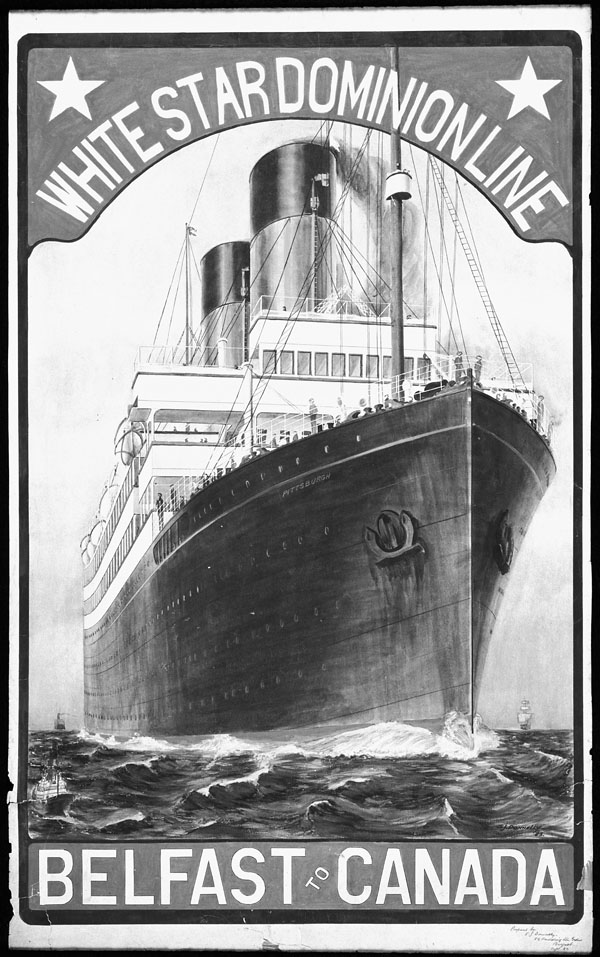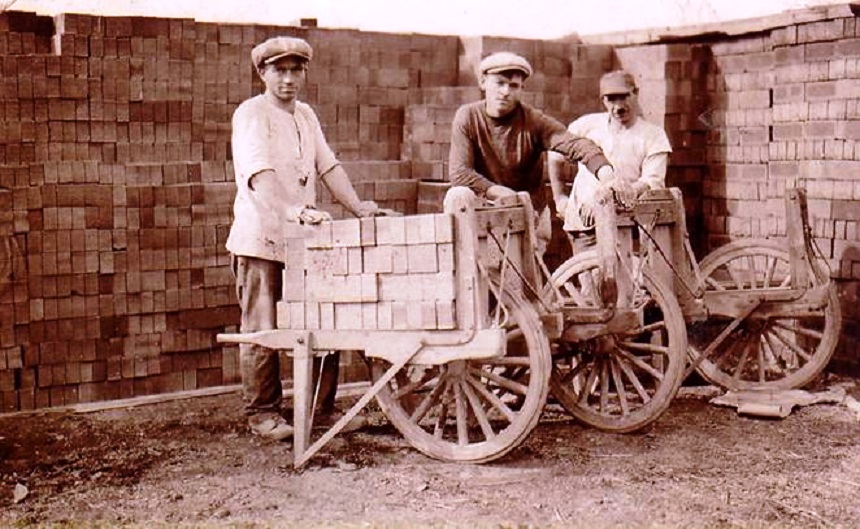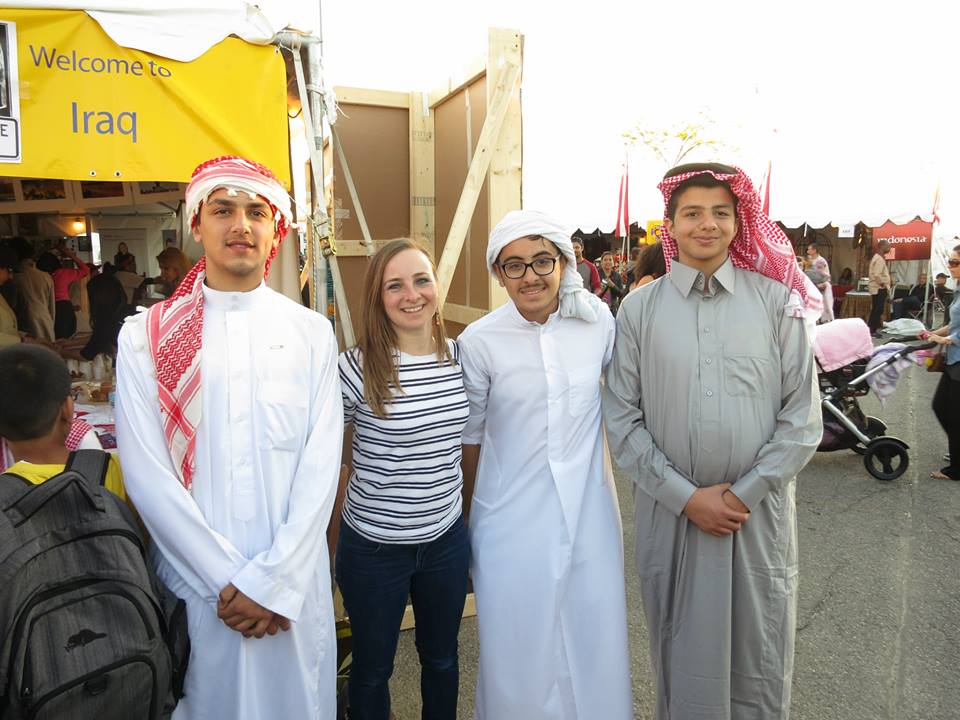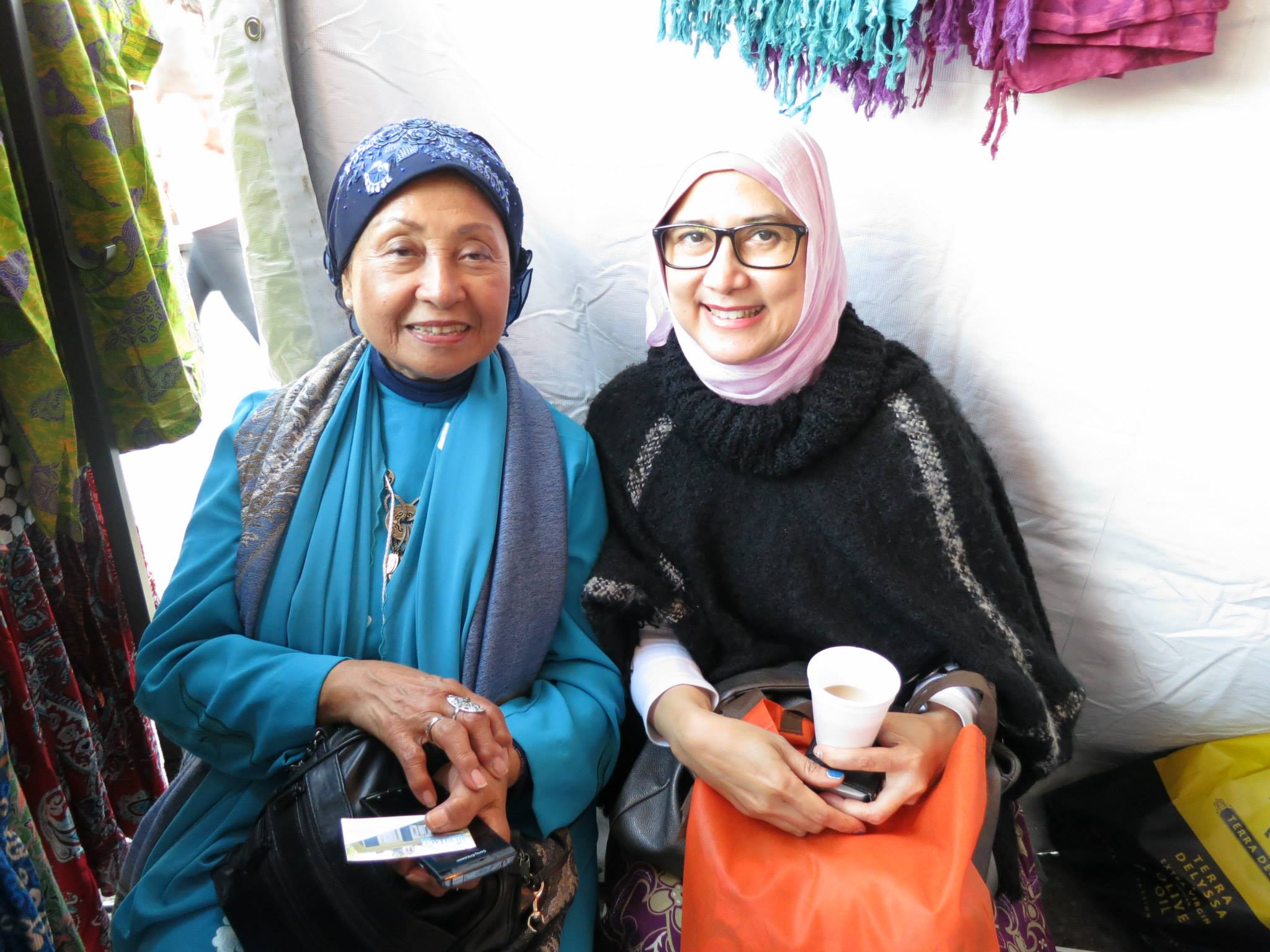Cultural Heritage
Quick Links
☞ Celebrating Mississauga’s Cultural Heritage
☞ Preserving Mississauga’s Cultural Story
☞ Commemorating Mississauga’s Cultural Heritage
☞ Heritage Network
☞ Heritage Diversity Stories
☞ What Did You Bring? Cherished Immigrant Stories
☞ The Pioneers: Exploring the History of South Asian Muslims in Canada
☞ Mon Voyage
☞ Share Your Stories
Mississauga: Vibrant, Diverse and Dynamic Cultures
With a population of 713,443 as of the 2011 census, a great deal of cultural diversity exists under the banner of the City of Mississauga. From its early days as Toronto Township, with a community of Native peoples and Loyalist settlers fleeing the American Revolution, Mississauga has bloomed into a truly multicultural city with representatives from every corner of the globe.
Immigrants have played a major role in the building of Mississauga since its founding. Mississauga’s first settlers (apart, of course, from the Native peoples who already called the area home) were American-born Loyalists and British immigrants. The 1840s and 1850s saw a large wave of Irish immigrants fleeing the Potato Famine arrive in Canada, and locally in Mississauga. At roughly the same time, freed or escaped slaves were entering Canada to start a new life for themselves and their families.

They were drawn to historic Mississauga by its close proximity to the American border, and the ever-growing economy which would provide a means to set up a new life in their new home. During the mid to late 1800s, Mississauga’s economy began the first stages of moving away from farming and towards industry. The Cooksville Brick & Tile Company employed a large Italian immigrant workforce after its founding in 1912. The end of World War Two saw new immigrants entering Canada from the Baltic States (Estonia, Latvia, and Lithuania), Poland, Asia, and the Caribbean, some of whom settled in Mississauga.
Harkening back to Mississauga’s agricultural past, the Lever Mushroom Company employed a largely Portuguese immigrant workforce during the early 1950s. Between the 1950s and the 1970s, people of Dutch, German, Greek, and Italian heritage made the journey to Canada, as well as refugees fleeing events such as the Hungarian Uprising of 1956, Czechoslovakia’s Prague Spring of 1968, and the Ugandan conflict in 1972. Mississauga provided these refugees a safe place to live, and they in turn helped to build a productive community here.


The Canadian Government’s reform of its immigration policy in 1976 made Canada, for the most part, more open to immigrants, and people from Eastern Europe, Africa, South Asia, India, and Pakistan came to Mississauga to start their new lives. The most recent wave of immigration came in the 1980s, following the collapse of the Soviet Union, and brought people from numerous Slavic countries to Canada and Mississauga.
The diverse immigrant communities within the city have brought with them a vibrant array of cultural markers from their respective motherlands. Dotted all over Mississauga, these include styles of building, types of cuisine, artistic work, and other tangible aspects of culture which serve to provide charming reminders of the various ancestral cultures of modern-day Mississaugans.
Cultural Heritage Projects
- Celebrating Mississauga’s Cultural Heritage
- Preserving Mississauga’s Cultural Stories
- Commemorating Mississauga’s Cultural Heritage
Today, more than forty different languages are spoken as mother tongue by Mississaugans, proving that original cultures remain in bloom within the garden of the City of Mississauga.




